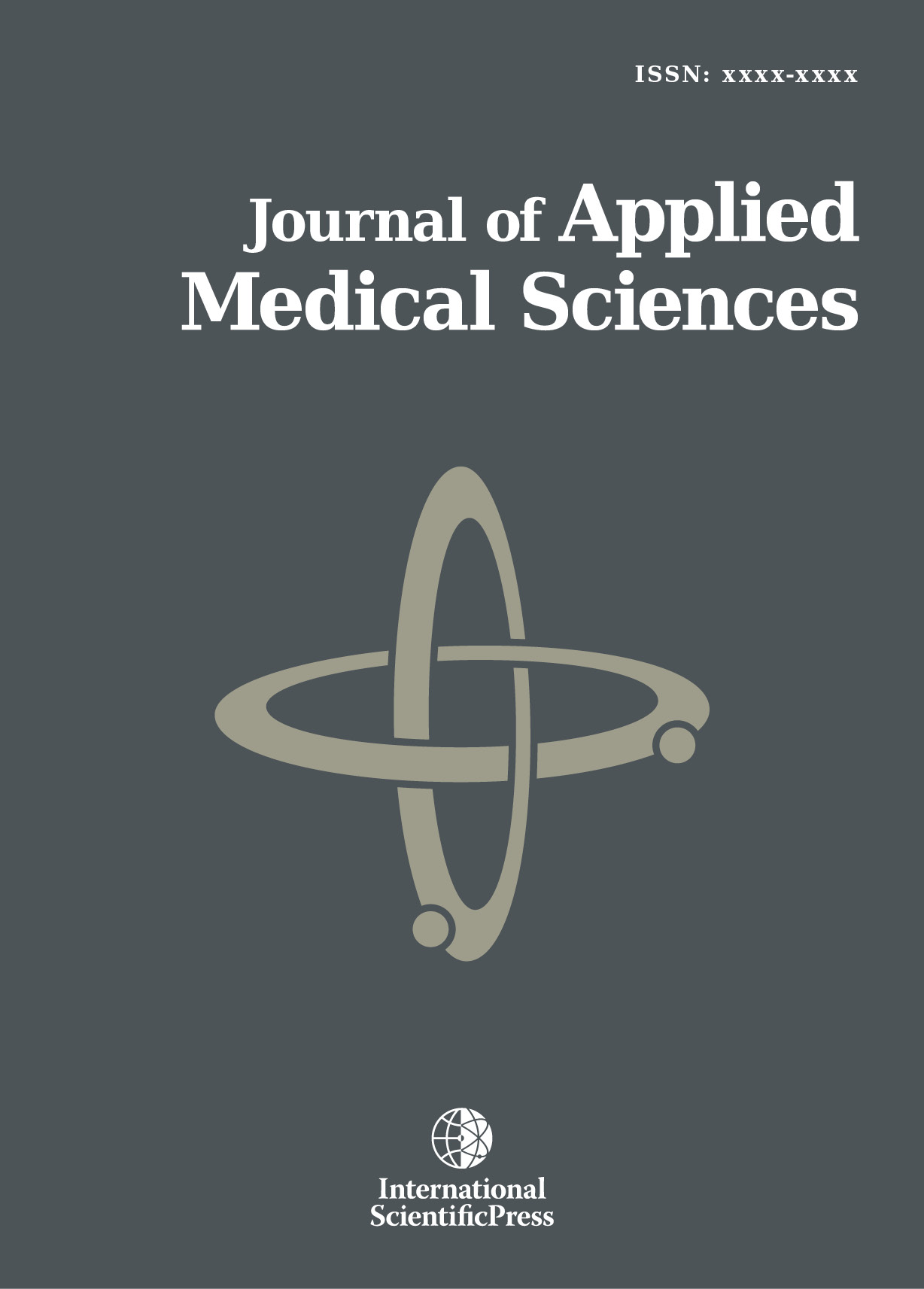Journal of Applied Medical Sciences
Ivabradine for the Treatment of Heart Failure: A Systematic Review and Meta-Analysis
-
 [ Download ]
[ Download ]
- Times downloaded: 10132
Abstract
Background: Ivabradine has a pure heart rate reduction. However, the use of ivabradine remains limited due to the conflicting evidence of its safety and efficacy.
Purpose: To determine the efficacy and safety of ivabradine compared to control in subjects with Heart failure (HF).
Data Sources: Medline, Embase, Ovid and the Cochrane Central Register of Controlled Trials from inception through June 2018.
Study Selection: Peer-reviewed, randomized controlled trials of Ivabradine versus control in patients with heart failure with or without low ejection fraction.
Data Extraction: Two investigators independently extracted data from each eligible study and assessed the risk of bias of included studies.
Data Synthesis: Six trials with 17886 patients were included. There was no significant difference among Ivabradine treated group versus control in lowering all-cause mortality, cardiovascular mortality or hospital readmission. Ivabradine had an increase in the mean difference in the percentage of ejection fraction (EF) by 3% as compared with control. Bradycardia, phosphenes and blurred vision were significantly higher with ivabradine by 4 and 5 times as compared with control.
Conclusion: Administration of Ivabradine to adults with HF with or without low EF significantly improved the ejection fraction. However, there was no significant impact on mortality and re-admission rates
Keywords: Ivabradine, heart failure, systematic review, meta-analysis.
